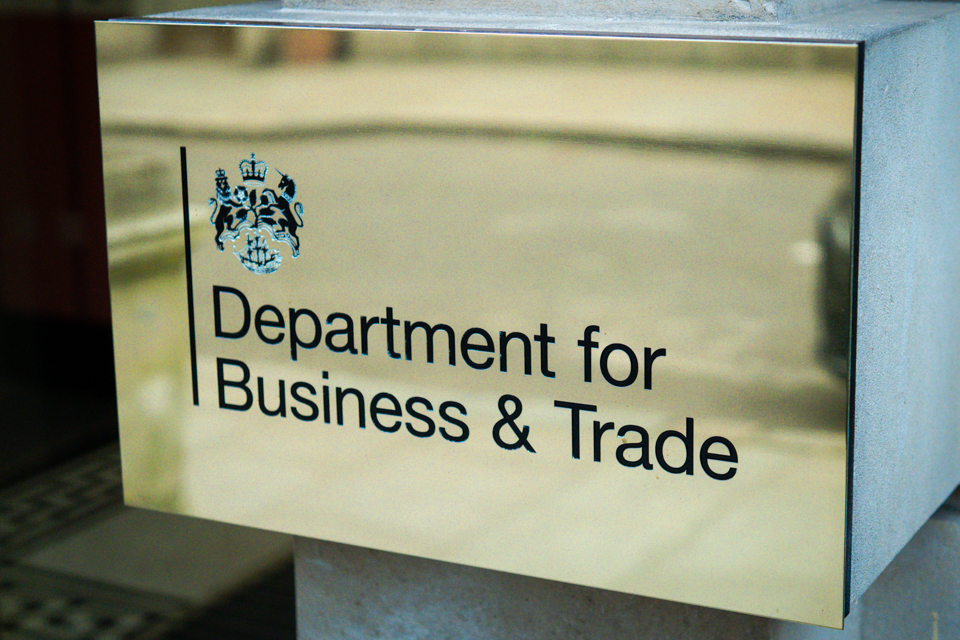The 10-year plan for the National Health Service that Sir Keir Starmer is expected to publish in the next few days is likely to be a somewhat incoherent document. From the advance publicity, it would seem to have a lot of disconnected ideas in it, some good, some not so good and some irrelevant.
The government hopes that weight-loss drugs will offer the hope of a big advance against obesity-related illnesses – but this comes after new figures raised concerns about their safety. If large language models can speed up the development of new pharmaceuticals, so much the better. But we remain sceptical about whether supermarkets ought to be recruited into policing their customers’ calorie intakes.
What will decide the success or failure of the NHS over the next decade, however, will be the design of the structural reforms to the service. Wes Streeting, the health and social care secretary, has made a good start in two respects. He has welcomed private-sector providers to help deliver NHS services free at the point of need, and he has taken an axe to the central bureaucracy of NHS England.
The test for the 10-year plan will be the extent to which it brings in further changes to incentives throughout the NHS so that it becomes responsive to patients. Sir Jim Mackey, the new chief executive of the NHS, says many of the right things. “It feels like we’ve built mechanisms to keep the public away because it’s an inconvenience,” he says in his first interview since taking up the post three months ago.
He says of the current NHS: “It takes forever. It costs a fortune. We need to ‘de-layer it’ because it’s expensive, it slows decision-making down, it de-powers people who need to make decisions.”
The sentiment is right, but again, some of his ideas seem better than others. We are not convinced that using patient satisfaction surveys to decide how much money NHS trusts receive is going to work. The evidence of reform under the last Labour government was that the mere existence of competition from private-sector providers had a dramatic effect on the performance of NHS units.
Already, there are the very early signs that the extra resources put into the NHS are bearing fruit, less than 12 months after the change of government. Luke Tryl, the opinion pollster for More in Common, reported on BBC’s Newsnight on Friday that people in focus groups are starting to report positive experiences of the NHS for the first time since the pandemic. “If there is a bright spot for the government, it’s the NHS,” he said.
One of the biggest challenges for Sir Jim and Mr Streeting, however, is more political than structural. They have to send the starkest message to doctors: please do not go on strike; take responsibility; show leadership; it is up to you to make the NHS work, because if it cannot be turned round this time, then it probably is the end of this model of healthcare.
Sir Jim appears to understand this. He says that his “big worry” is that if the NHS cannot deliver a service that is better at listening to patients – the particular example he gave was maternity care – “we’ll lose the population; if we lose the population, we’ve lost the NHS; for me, it’s straightforward: the two things are completely dependent on each other.”
He is absolutely right. Universal healthcare free at the point of need is a noble idea, but it desperately needs Labour’s reforms to work if it is to survive.








